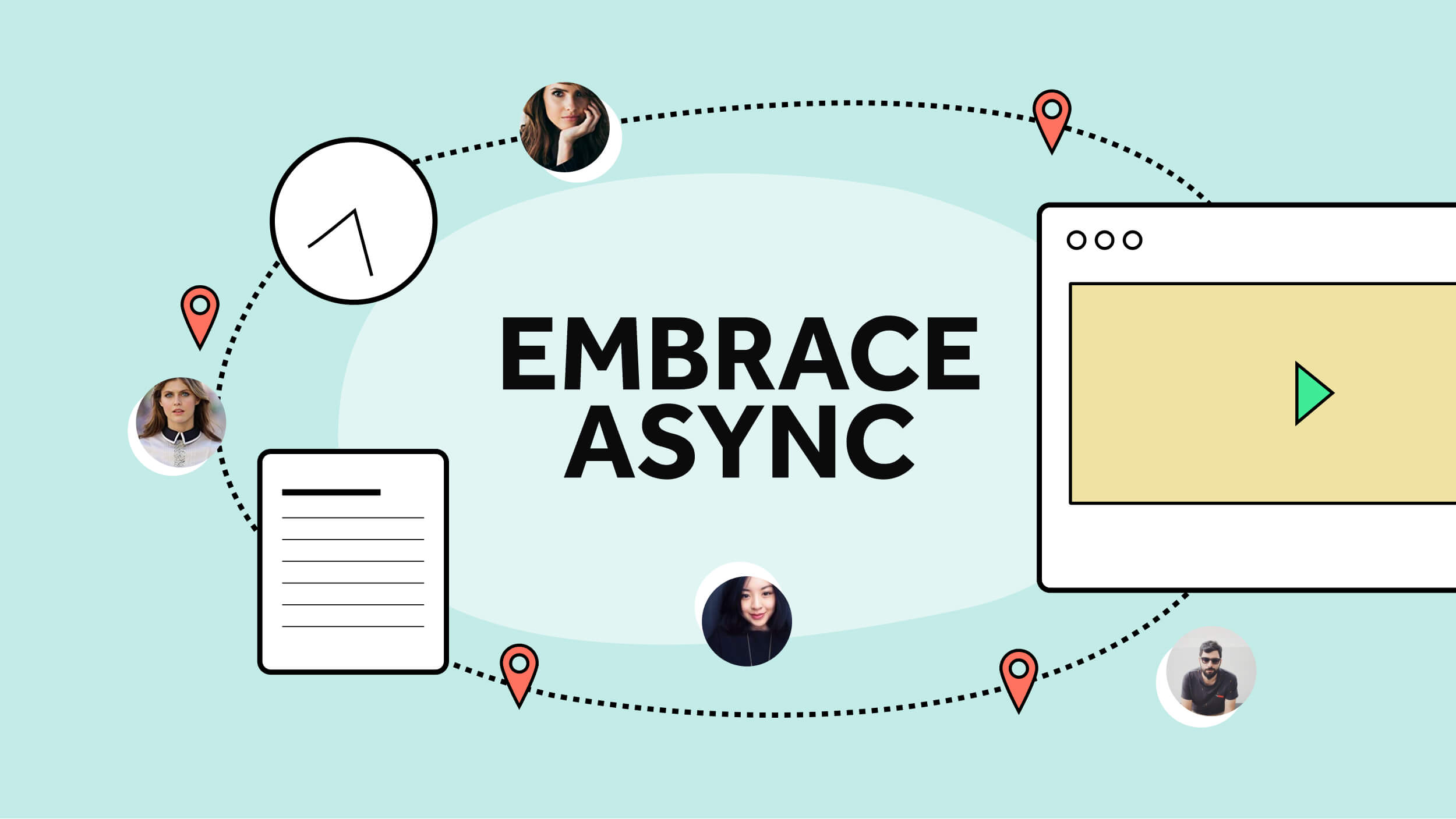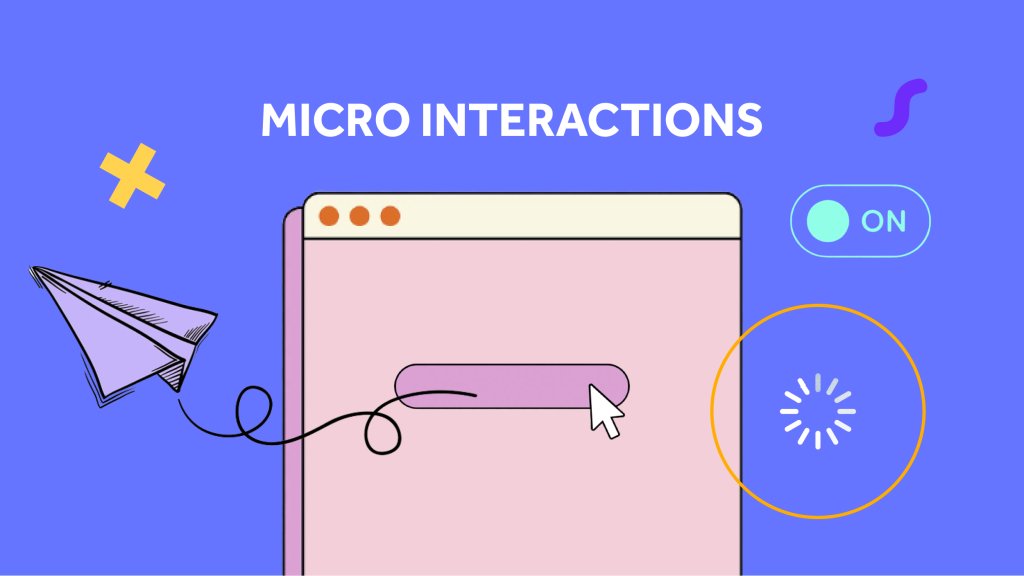Beyond the clock with Asynchronous Communication

Have you been in a meeting and not had chance to take notes, digest information there and then, or respond to ideas and questions without having the chance to really think about your answer or reflect on the situation?
In the fast-paced world of today, effective communication is more critical than ever. Whether you’re collaborating on a project at work, coordinating with a remote team, or managing personal relationships, how you communicate can greatly impact your success and well-being. One approach that has gained prominence in recent years is asynchronous communication. This method prioritises flexibility, efficiency, and productivity. In this article, I’ll delve into what asynchronous communication is, why it matters, and how to make the most of it.
What is Asynchronous Communication?
Asynchronous communication is a method of exchanging information without requiring all parties to be present in real-time. Instead of relying on immediate responses, people engage in communication at their own convenience. Some common examples of asynchronous communication tools include emails, text messages, project management software, video messaging for feedback and collaborative documents.
Why Does Asynchronous Communication Matter?
Increased Productivity
Asynchronous communication enables individuals to focus on their tasks without constant interruptions. By checking and responding to messages when it suits their workflow, people can complete their work more efficiently.
Flexibility
Asynchronous communication doesn’t demand that everyone be available simultaneously. This flexibility is particularly advantageous for teams distributed across various time zones or individuals juggling multiple responsibilities.
Reduced Stress
The constant pressure to respond immediately to messages can lead to stress and burnout. Asynchronous communication empowers individuals to set boundaries and manage their time more effectively.
Enhanced Documentation
Written records of conversations and decisions in asynchronous communication make it easier to track progress, resolve disputes, and avoid misunderstandings.
Inclusivity
Asynchronous communication accommodates a diverse range of communication styles, ensuring that introverts, deep thinkers, and non-native speakers have the opportunity to express themselves more thoughtfully.
Tips for Effective Asynchronous Communication
Choose the Right Tools
Select the most suitable communication tools for your needs. Email, messaging apps, project management platforms, and document collaboration software can all play a role. I personally like to use video to communicate my thoughts and feedback with Loom.
Set Expectations:
Establish clear guidelines for response times and availability within your team or with clients that you communicate with regularly.
Prioritise Clarity
In written communication, be concise and use clear language. Structure your messages logically to ensure your points are easily understood.
Respect Time Zones
When working with a global team, be mindful of time zone differences and try to avoid scheduling meetings or sending messages during someone’s off-hours.
Document and Share
Save important information and decisions in shared documents or project management tools so that everyone involved has access to the latest updates.
Practice Active Listening
Even in asynchronous communication, active listening is crucial. Show that you’ve read and understood messages by acknowledging them and providing relevant feedback.
Embrace Pauses
Give yourself permission to take breaks and not respond immediately to every message. This can help reduce stress and allow for more thoughtful responses.
Review and Reflect
Periodically assess the effectiveness of your asynchronous communication processes. Be open to feedback and make necessary adjustments.
Embracing Asynchronous Communication
Asynchronous communication isn’t about abandoning real-time interactions altogether. Instead, it’s about finding a balance that suits your individual and team needs. By embracing the power of asynchronous communication, you can increase productivity, reduce stress, and foster more inclusive and efficient communication processes.
Remember, effective communication is the cornerstone of successful relationships and productive collaborations. Asynchronous communication is a valuable tool in your arsenal that can help you navigate the modern world with ease and grace. So, go ahead, give it a try, and unlock the benefits of asynchronous communication for yourself.




0 Comments
Nobody has left a comment yet, be the first and leave your thoughts.